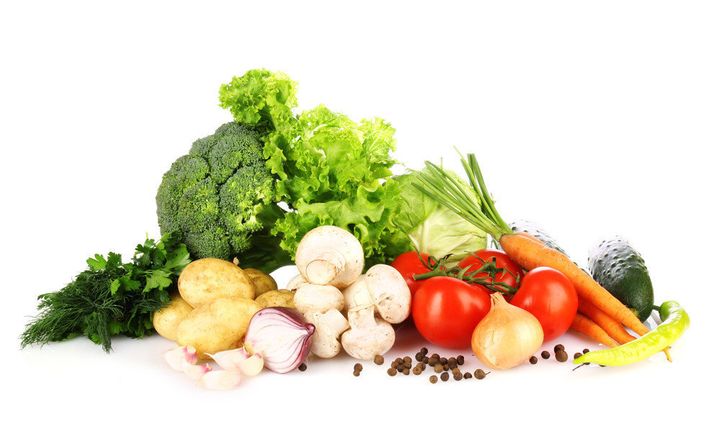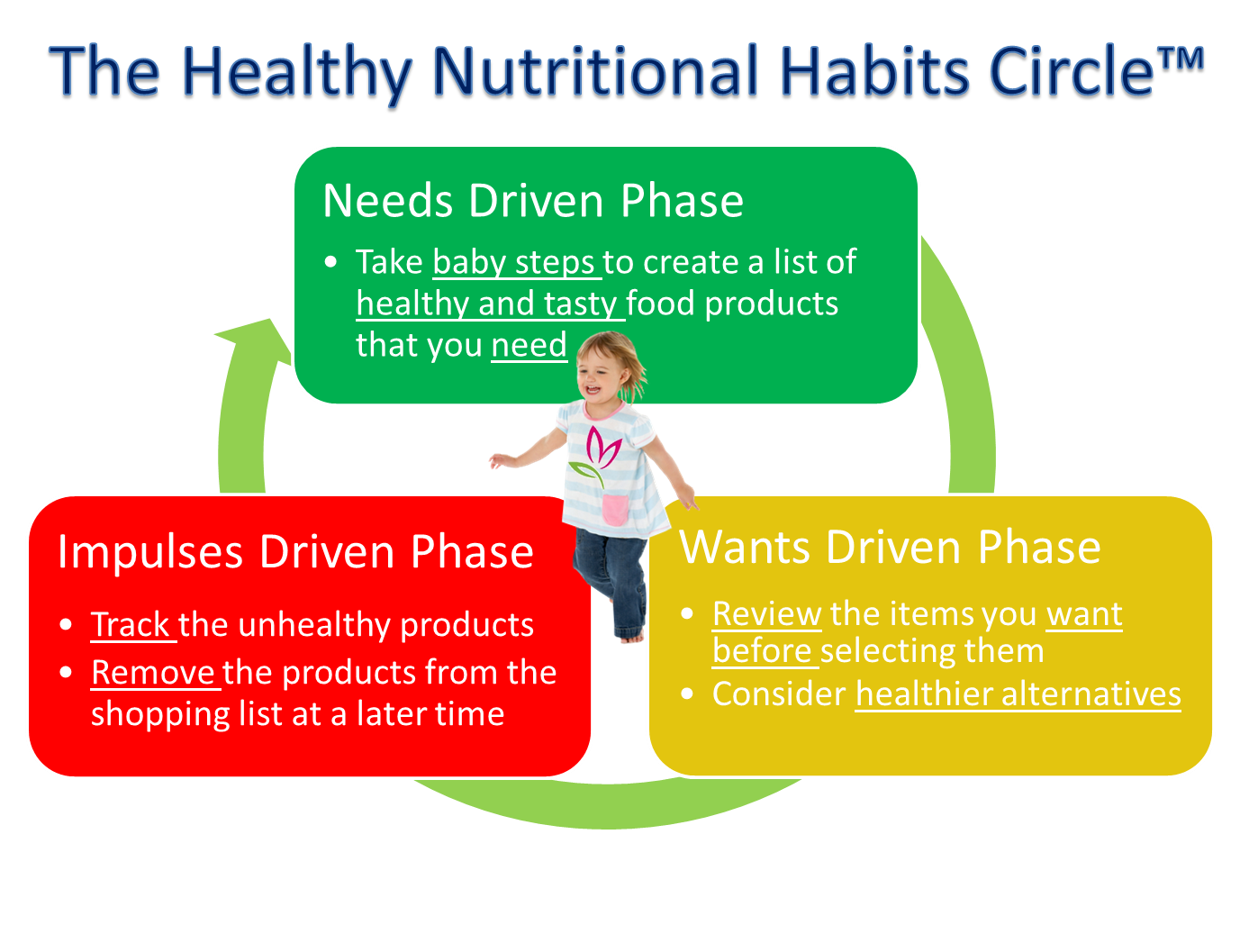
In my previous blog post, "Enlisting Technologies to Fight Obesity," I advocated personal responsibility and encouraged people to develop healthy habits. Well, some of you may be wondering, "How do I start?" This blog will help answer this question from a nutritional perspective, as well as give you some helpful tips about how you can continue to maintain healthy habits over time with minimal effort.
The Psychology of Developing Healthy Habits
The reason we don't always make healthy choices is simply because it is hard. Even people who are highly motivated and have strong willpower may fail to establish healthy habits in the long term if they don't adopt the right methods. According to B.J. Fogg, the founder of the Persuasive Technology Lab at Stanford, "When you know how to create tiny habits, you can change your life forever." His recommendation is to identify triggers and behavior responses for tiny habits. For example, "after I brush my teeth, I will floss" (brushing the teeth being the trigger and flossing the desired behavior). Then, celebrate the victory of accomplishing the healthy habit by exclaiming, "I'm awesome," and doing a little dance or anything else that makes you feel good.
The Healthy Choices Bank Account
By definition, a healthy habit is acquired when we are consistently making healthy choices as part of our regular behavior. Interestingly, even people who develop healthy habits are likely to make unhealthy choices at least part of the time. I will borrow Stephen Covey's "emotional bank account" concept and use it in the context of developing healthy habits. If we regard every healthy decision we make as a deposit, and every unhealthy decision as a withdrawal, then we will have either a positive or negative daily balance. If we consistently make more healthy decisions over a long period of time, our credit in this personal health bank account will grow significantly. Unfortunately, if we continuously withdraw more from our bank account than we deposit over time by making unhealthy decisions, our overdraft can become catastrophic. For example, if we consume one extra serving of M&M's candy every day for a period of 10 years, this would be the equivalent of gaining 188 extra pounds.
The Healthy Nutritional Habits Circle
Food manufacturers' marketing techniques include advertising, attractive packaging and enticing messaging. Consumers who are influenced by these efforts tend to buy more based on their wants and impulses, as opposed to what they actually need. As part of developing healthy habits, it is important that we realize these decision-making phases and develop appropriate mechanisms to deal with each phase. The Healthy Nutritional Habits Circle™ is a simple model that can help us accomplish this task with minimal effort. The circle is divided into three phases -- "Needs-Driven" (green), "Wants-Driven" (yellow) and "Impulse-Driven" (red).
The green phase is where we are making healthy and tasty food choices based on the food items that we know we need. This is the phase where planning is critical, since the more we plan ahead, the more needs-based (or healthy) shopping decisions we will make. We can start with baby steps, such as reviewing the health information of at least one product we select each time we create a shopping list, and replacing it with an alternative healthier product. If we stick to these baby steps then over time we can make sure all the products in our shopping lists are healthy.

The yellow phase is when nutritional decisions are driven by what we desire. When we are exposed to a wider variety of products on the store shelves, we may be drawn to a food item that seems to be attractive and put it in our basket because we want it, not need it. The key to making a healthy choice at this time is to research whether the product is healthy and tasty. This may be a quick and simple task if we use a smartphone with the right mobile app (more on this later).
We are in the red phase when our nutritional choices are driven by impulses or an "an unplanned decision to buy a product, made just before a purchase." One of the most important actions in the red zone is to return to the green zone as quickly as possible. Instead of feeling bad about indulging ourselves by eating unhealthily or excessively, it is much healthier and more productive to consider this just another withdrawal from the bank account we can easily fix by going back to the green phase.
A Little Bit of Help From Technology
Mobile apps focused on healthy nutrition can help us simplify the implementation of healthy nutritional habits more easily and effectively. In the green phase, these mobile apps can help us select healthy and tasty items we really need and add them to our digital shopping lists, which can then be shared with family and friends. In the yellow phase, the single most important feature available in these apps is the scanning functionality. You can accomplish several things by scanning a product. First, the app can give you a single ranking for the product taking into account all of the product nutrients and ingredients; second, it can show you if the product tastes good, based on reviews from other users; and finally, the app can recommend healthier alternatives. If we are in the red phase, we can track the unhealthy items in our shopping list and use the healthy choices bank account concept to encourage ourselves to return to the green phase. Once we are back in the green phase we simply remove the unhealthy item from the shopping list for the next trip to the supermarket.
Conclusion
Creating multiple tiny healthy habits, depositing them continuously into our "Healthy Choices Bank Account," and using the Nutritional Habits Circle model provide us with a user-friendly framework for developing healthy habits easily and effectively. By using healthy nutrition apps, we can further simplify and re-enforce our healthy habits.
For more by Michael Segal, click here.
For more on personal health, click here.